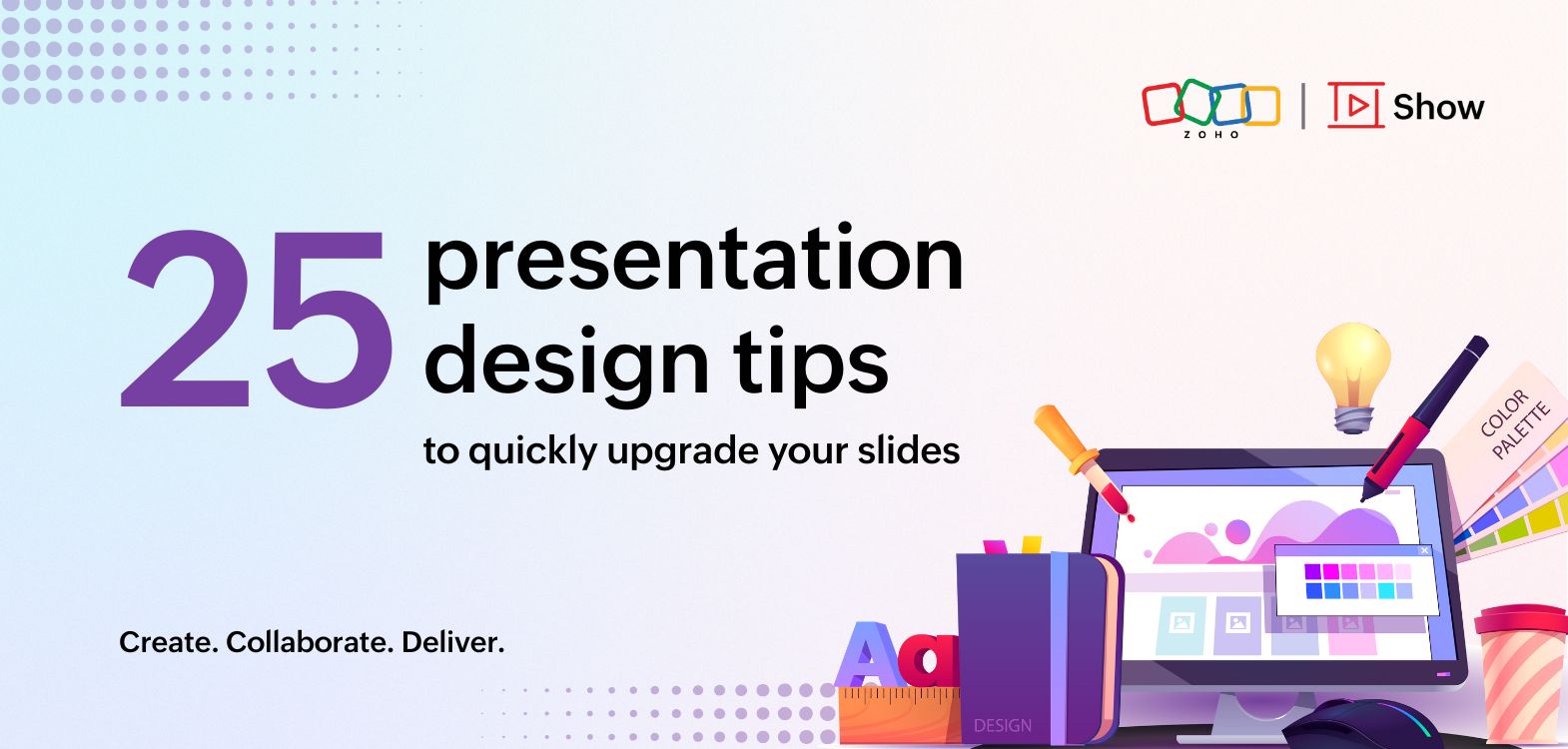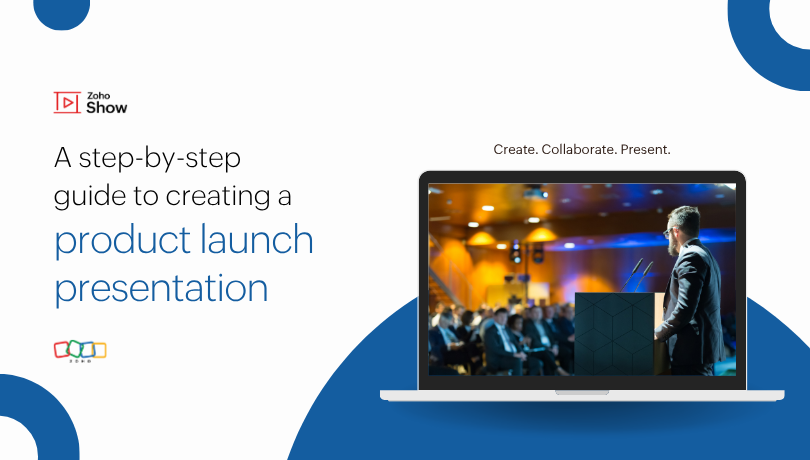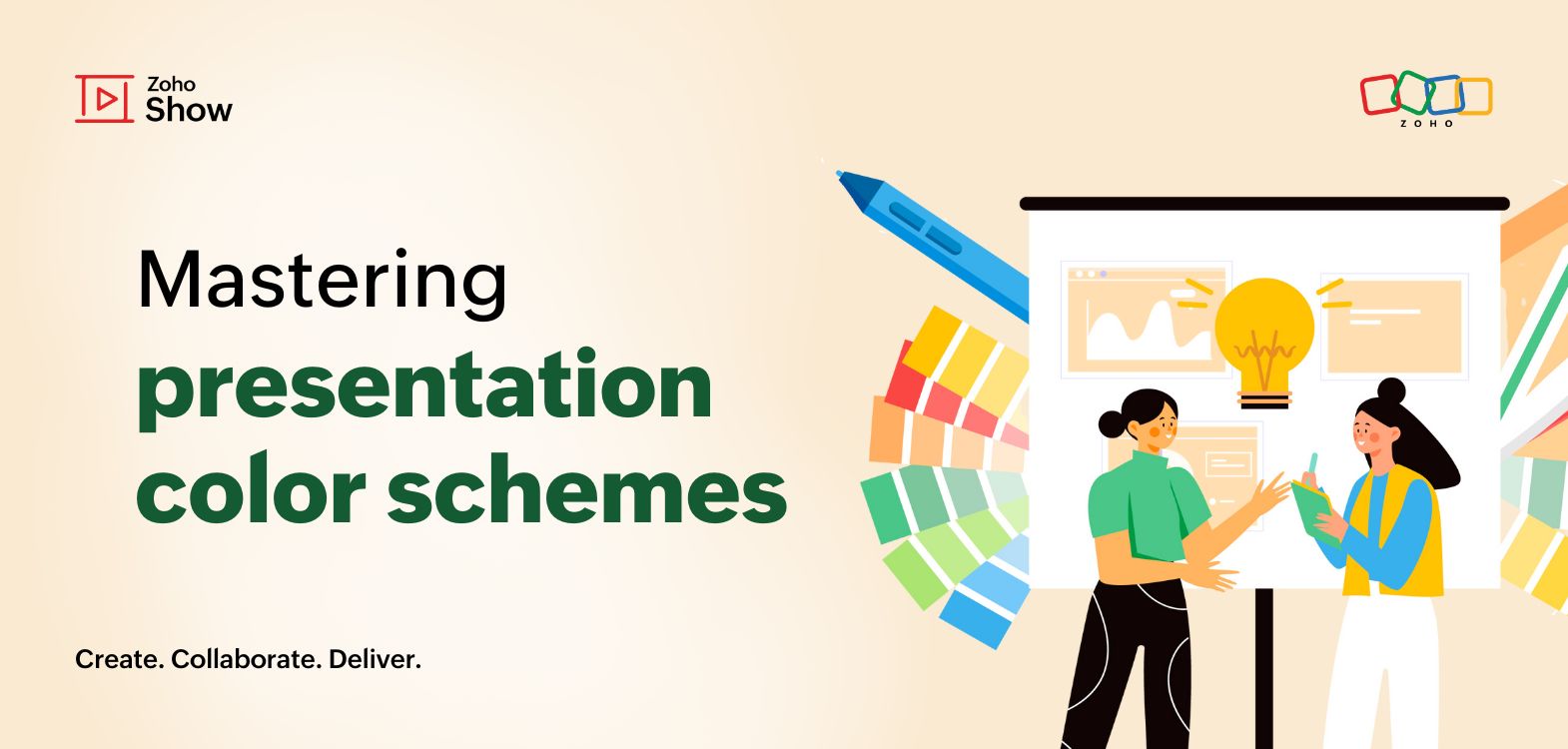- HOME
- Design & deliver
- Tips to create interactive presentations for educators
Tips to create interactive presentations for educators
- Last Updated : November 7, 2023
- 914 Views
- 4 Min Read
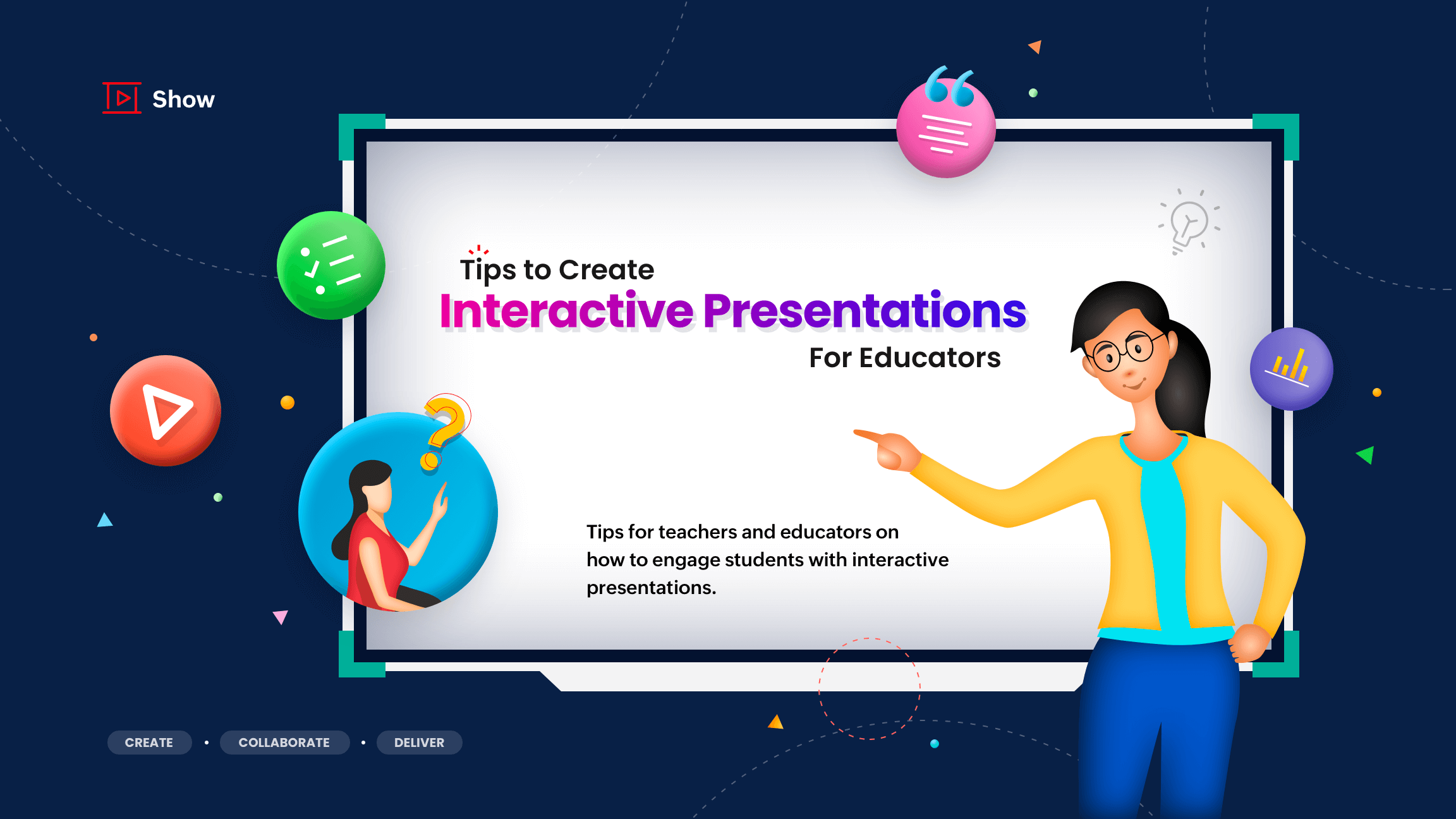
Since the start of the pandemic, an entirely new model of education has emerged. With instructors trading blackboards for computer screens, it is now more important than ever for educators to engage students with interactive presentations
Why is digital learning better?
Digital learning has revolutionized education by empowering students to learn from anywhere in the world. It also facilitates personalized learning by allowing educators to design their own online course and syllabus.
-%20final.jpg)
Studies show that students learn faster online, as e-learning requires 40-60% less time than learning in a traditional classroom setting. This is mainly because it gives students the opportunity to learn at their own pace, re-read, skip, or accelerate through chapters as they choose. While there are many benefits to online learning, there is a downside too—it's hard to make a remote education interactive.
How can you make your lessons interactive?
There are many ways a presentation can be made interactive. Employing polls, surveys, and quizzes, or utilizing "breakout rooms" can enhance the learning experience. While online education isn't completely different from the classroom model, the format of study materials and the most effective methods of delivery vary.
Here are some presentation design and delivery tips for online educators:
Focus on one idea or topic per session: The average student attention span is 15-20 minutes, regardless of whether the session is in-person or virtual. Capturing the attention of your audience within this small window can be a challenging task, so it's helpful to focus on only one topic per session.
Simplify your content using audio and videos: Do not overload your slides with content. It's best to keep the text minimal. For complicated topics that need more explaining, use audio narrations and videos to convey your message both effectively and efficiently.
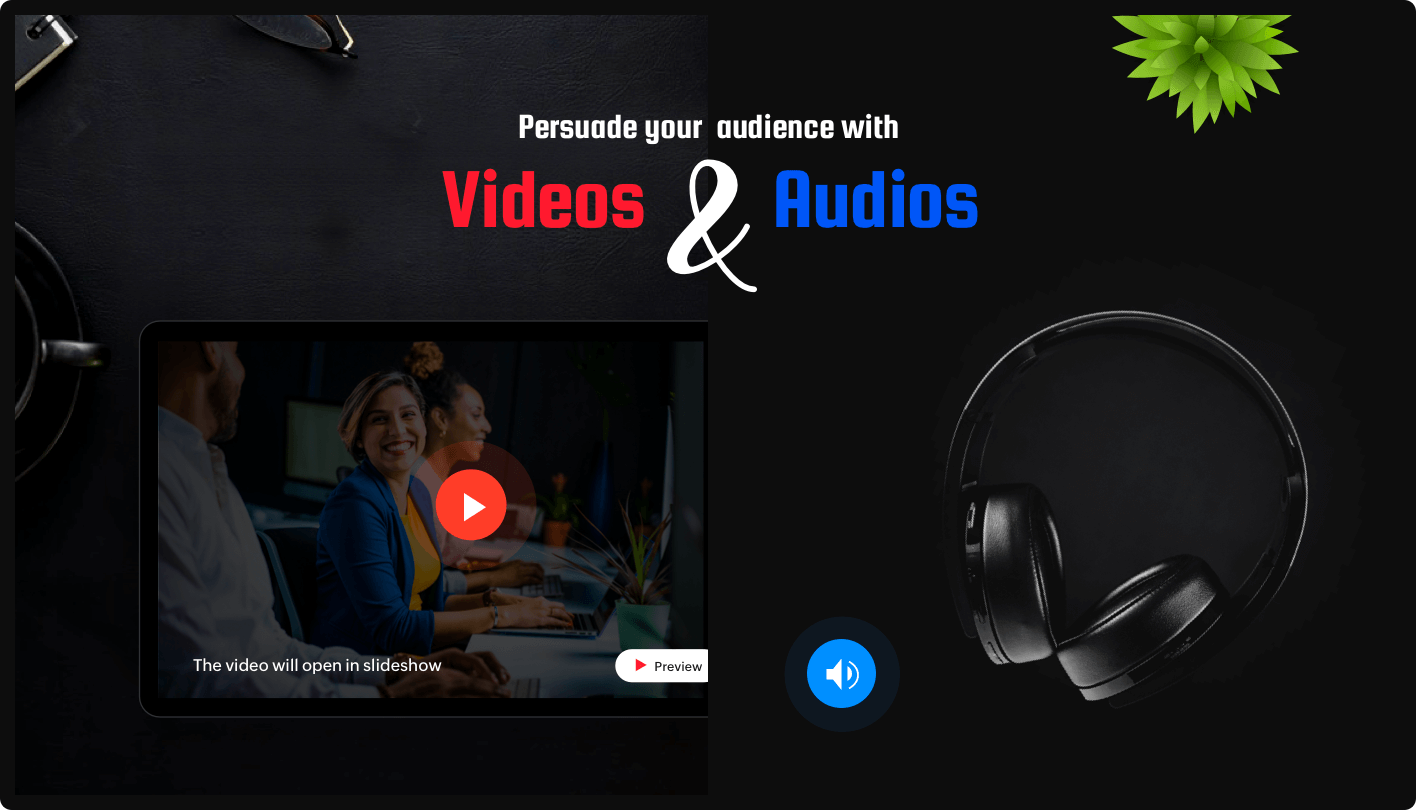
Use visual aids: Use visuals like graphics, charts, and stock images to enhance the look of your slides. The organic incorporation of visuals has proven to improve student retention rate and comprehension, while helping them learn information faster. Make sure you use appropriate visuals to support the contents of your slide.
"Research shows an audience learns 79% more from text-less visuals."
Facilitate two-way communication: Sitting quietly for an extended period can be boring for your students, and may cause them to lose interest in the topic. Make your presentation a two-way interaction by encouraging questions and implementing interactive sessions in between lectures.

Use storytelling: Stories resonate well with students and are among the most popular presentation techniques used by speakers and presenters. Use storytelling to personalize your content and help your students connect with your message.
Modulate your voice: Use a lively tone and remember to apply appropriate pauses while teaching remotely. Try to avoid using filler words (like "uh" and "um") and be sure to emphasize key words and phrases.
Develop a teaching persona: Lastly, remember to develop a persona while teaching remotely. This helps educators connect with students and teach with confidence and ease. Decide how you want to be perceived by your students, choose fitting mannerisms and body language, and be consistent in how you present yourself.
